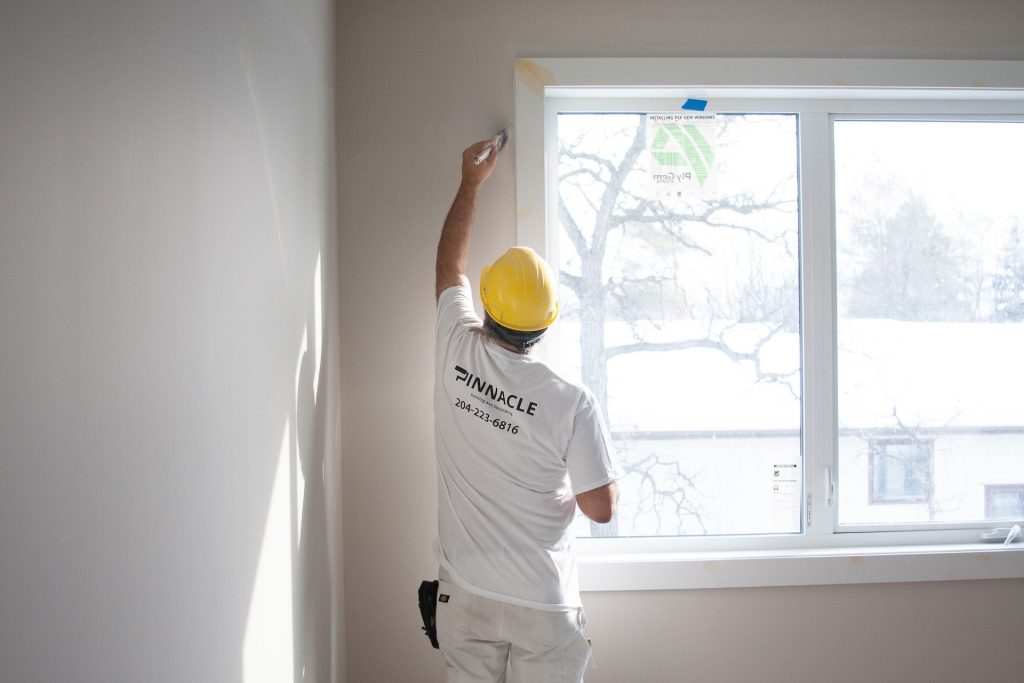28 Jul How To Fix Common Paint Problems On Historic Buildings
 The detail on historic buildings is a sight that many marvel at; it reminds us of styles from bygone eras. But the beauty of ancient architecture can be compromised by cracking paint, rust, or mildew. If you’re looking to freshen the appearance of your historic home, keep reading; we’ll tell you how to solve the problems commonly encountered with these standing antiques:
The detail on historic buildings is a sight that many marvel at; it reminds us of styles from bygone eras. But the beauty of ancient architecture can be compromised by cracking paint, rust, or mildew. If you’re looking to freshen the appearance of your historic home, keep reading; we’ll tell you how to solve the problems commonly encountered with these standing antiques:
Alligatoring. Does the exterior paint of your building resemble reptilian skin? If so, the paint has been expanding and contracting due to fluctuating temperatures. Over long periods, which is the case with historic buildings, this results in an alligator-like appearance. It can also happen when layers of paint are incompatible or improperly applied. To fix this scaly issue, scrape and sand away the old layers of paint, and use a quality primer before starting fresh.
Peeling. When a surface is exposed to excessive moisture, isn’t primed properly, or old paint isn’t removed, peeling can occur. Water damage can come from both the interior and exterior of the building, so to prevent this problem, take steps to reduce the humidity. Dehumidifiers and proper insulation can reduce internal moisture, while gutters and downspouts can alleviate external damage.
Efflorescence. Does your brick or concrete building have the appearance of a salted cracker? Efflorescence is the cause; it happens when water damages the paint or surfaces aren’t prepared properly before application. Scrape away the salt deposits with a power washer or wire brush.
Blistering. Another symptom of excess moisture, blisters typically occur over wood surfaces. It also happens with heat when the surface is directly exposed to sunlight. After waterproofing your building, make sure to sand the wood before reapplying the paint.
Mildew. Historic buildings have been around long enough to host their fair share of fungi. It appears as green, brown, or black splotches on the paint. Conditions that allow mildew to thrive are dark, moist, and warm areas. Painting over it won’t solve the problem; instead, mildew has to be completely cleaned from the surface or else it will grow through new layers of paint. Be sure to wear protective gear when cleaning mildew, since breathing it in can cause health problems.
Rust. This results when there are nails in the wood behind layers of paint. Exposure to the elements makes rust stain the paint. It can be a tedious problem to fix since it requires replacing all the old nails with rust-proof ones. Alternatively, you can sand the old nails and cover them with a primer that resists rust.
Repairing the paint on a historic building involves more complexity than a modern-day home. Surfaces may be fragile after withstanding years of harsh weather conditions. Multiple paint touch-ups result in a buildup of paint layers which can become brittle and hardened. Wood details can be especially delicate and are easily scarred by paint removal tools like sandblasters or rotary sanders. Old paint contains lead, so when removing it, safety precautions must be taken to avoid poisoning from the dust or vapours.
Repainting a historic building requires extreme care to avoid damaging the exterior. Are you looking for painting services Winnipeg trusts? The experts at Pinnacle Painting understand the delicacy and diligence involved with preserving these artifacts. Call us today, and we’ll restore your historic building to its former glory.
